
Role of MCD1 in Positioning the Chloroplast Division Site
Research, The Plant Cell, The Plant Cell: In a NutshellChen et al. investigate the mechanism of MCD1’s action in chloroplast Z-ring positioning in dividing chloroplasts. https://doi.org/10.1105/tpc.18.00189
Background: Chloroplasts are specialized photosynthetic organelles in plants that evolved from an ancient photosynthesizing cyanobacterium through…
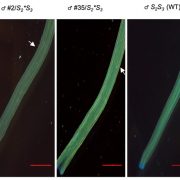
Self Control: SLF Proteins are Essential for Preventing Self-Fertilization in Petunia
Blog, The Plant Cell, The Plant Cell: In BriefA pollen grain lands on a stigma, swells with water, and sprouts a pollen tube, which races through the style to deliver sperm to the ovule below. When the pollen arises from the flower itself, this process often stops in its tracks. Self-incompatibility (SI) between pollen and pistil promotes outcrossing…

Genetic Basis of Natural Variation of Rice Ionomics
Blog, The Plant Cell, The Plant Cell: News(Translated from the Chinese original http://news.hzau.edu.cn/2018/1101/52991.shtml)
Nanhu News Network (Correspondent Sheng Ke)
On October 30th, the research group of Professor Tian Xingming from the Rice Science Team of the National Key Laboratory of Crop Genetic Improvement of our School…
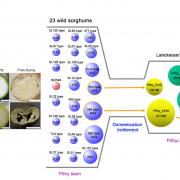
Characteristics of the regulation of sweet sorghum stem stalk holding characteristics
The Plant Cell(This press release has been translated from the original)
In the evolution of plants, the production of vascular organizations is a major event. Vascular plants provide structural support and water transport to stems by producing xylem vessels, thickening secondary cell walls, and programmed cell…

A crucial gene controls stem juiciness in sorghum and beyond
The Plant Cell, The Plant Cell: NewsThe discovery of the gene behind stem juiciness in sweet sorghum could have huge agricultural implications
Perhaps you've never tasted sorghum (Sorghum bicolor), the fifth most popular crop in the world, but you probably will soon. This ancient grain is a common source of food in developing countries…
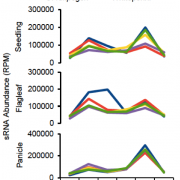
In Brief: Loss of a Silencing Cascade Contributed to Indica Rice Domestication
Blog, The Plant Cell, The Plant Cell: In BriefThousands of years of artificial selection have produced rice plants (Oryza sativa) that are vastly different from their wild progenitor species in terms of architecture, yield, and resilience. Most of the genetic changes linked to rice domestication involved genes encoding transcription factors. However,…
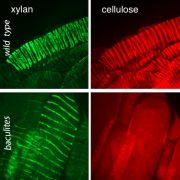
Microtubules Direct Lignin and Xylan Deposition in a Cellulose-Independent Manner
Blog, The Plant Cell, The Plant Cell: In BriefAlthough secondary cell walls represent the bulk of plant biomass, the mechanism by which cellulose, hemicellulose, and lignin assemble into a functional three-dimensional matrix is unknown. Cortical microtubules are thought to guide cellulose deposition in the plasma membrane by defining the trajectories…

Editor Profile: Daniel J. Kliebenstein
Blog, The Plant Cell, The Plant Cell: Editor Profiles
How many genes control a phenotype? Dozens? Hundreds? Thousands? The whole genome? And what about the epigenome? Such fascinating questions on biological complexity and the interaction between genes and the environment (or, in the case of infection by a plant pathogen, multiple genomes) have long…
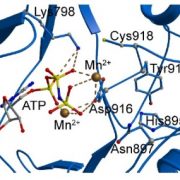
Active Support: GHR1 is a Pseudokinase that acts as a Scaffolding Component
Blog, The Plant Cell, The Plant Cell: In BriefPlants balance CO2 uptake with water loss via a complex network of signals regulating stomatal aperture size. Stomata close in response to a number of stimuli, including drought, low light intensity, low air humidity, elevated intercellular CO2 concentration, pathogens, and certain air-borne chemicals…

